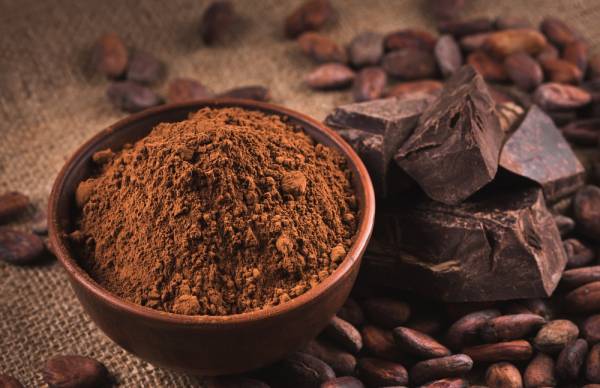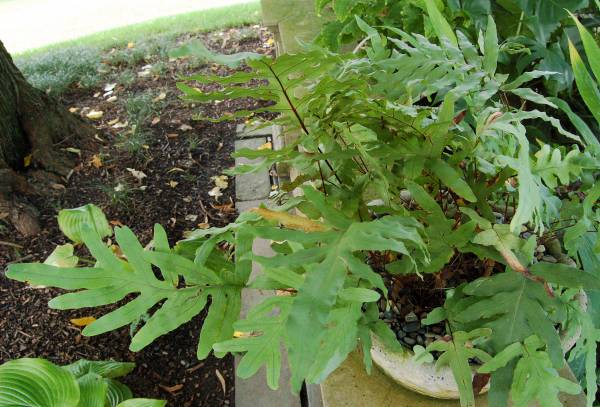If you love training outdoors, you’ve certainly battled the sun more than a few times. Sunburn damage is a serious health concern. But sunscreen, sweat, and kettlebells don’t always work well together. What if there was a better way to protect you from the sun without having to constantly spray yourself with synthetic sunscreen?
Emerging research is attempting to deliver a sunscreen pill. Basically, something you can swallow and get protection from the inside out. While that pill doesn’t yet exist, we can look at what that research is showing and take a whole-food approach. There is also a supplement that has potential to be a major solution.
How Sun Damage Works
But before we dive into what to do, let’s go through a brief discussion of the mechanisms behind skin damage from the sun. The skin is the largest organ of the body. When the sunlight hits our skin, there are two main types of dangerous rays involved:
- UVB rays can directly damage cellular DNA and cause inflammatory markers to be released.
- UVA can cause free radicals to be formed, leading to cell damage and premature aging of the skin.
Something called Langerhans cells exist in the skin to be a security guard for our immune system. When we get too much sun exposure, these cells can be damaged. Without a properly functioning immune system, DNA damage can go unchecked, leading to cancer. To highlight this point, consider that 25% of liver transplant patients who survive more than three years end up dying from skin cancer. This is because these patients take drugs that lower their immune systems.
“Think of it as an insurance policy in case you missed applying sunscreen to one particular area, had a sweat or water runoff, or simply got a little more sun exposure than you thought.”
Having something to help scavenge free radicals and prevent DNA damage is essential if we are to be protected. While no single compound can do this, research is pointing to a combination of things that can help. Think of it as an insurance policy in case you missed applying sunscreen to one particular area, had a sweat or water runoff, or simply got a little more sun exposure than you thought. Also, by using less sunscreen, we can potentially get more benefit from vitamin D synthesis.
Note: Keep in mind that the intensity of radiation increases 4% for every 300m above sea level, so take extra care when training at altitude.
Cocoa
Polyphenols in cocoa, specifically flavanols, are strong antioxidants. They help inhibit enzymes that produce free radicals and boost your body’s ability to neutralize the ones that are formed. A study performed on women showed that cocoa intake desensitized skin to UV rays by 25% after a 326mg/day intake. It also increased circulation within the skin, which helps temperature control and nutrient delivery.
So, it appears cocoa can have a protective effect when it comes to sun exposure by limiting the redness from sun exposure, as well as preventing damage from free radicals. More research is needed to confirm the results, as well as determine the mechanism and dose.

Omega 3 PUFA
When we get sunburn, an entire inflammation cascade happens at the cellular level. Fish oil supplements (containing 1.8g EPA and 1.2g DHA) were shown to significantly lower this inflammation response after exposure to UV rays. It appears to do so by competing for metabolism with inflammatory markers, therefore reducing the inflammatory response.
“[T]he bottom line is that having adequate omega 3 PUFA (polyunsaturated fatty acids) is essential to keeping our skin healthy by helping prevent painful sunburns and the cascade that happens afterward.”
There is also some evidence that fish oil, specifically EPA, helps with preventing the immune system collapse that happens when we are exposed to too much sun. Further study in this area is needed, though. But the bottom line is that having adequate omega 3 PUFA (polyunsaturated fatty acids) is essential to keeping our skin healthy by helping prevent painful sunburns and the cascade that happens afterward.
Green Tea
Polyphenols in green tea, specifically EGCG (epigallocatechin gallate), seem protective against damage from the sun. In mice, the results are extremely positive in preventing skin cancer from UV exposure. Early studies appear to show inhibition of enzymes that degrade collagen and prevention of free radical damage. Besides protecting against cancer, this also has the potential to prevent the sagging of the skin that ages us so quickly.
While these are promising mechanisms, the studies are only in mice. Researchers estimate the equivalent dosage in humans would be five to six cups a day of green tea. Further research is warranted, but the health effects of green tea have a long history.
Polypodium Leucotomos
This is a plant extract from a fern native to South America. Taken orally, it appears to protect Langerhans cells from damage and prevents the formation of sunburnt cells. In one study, there was a fifteen-fold decrease in intensity of sunburn from UV exposure compared to placebo.
Doses in studies have been between 480 and 1200mg daily, and no adverse effects were reported. Long-term studies have yet to be completed, but it appears polypodium leucotomos is safe and quite effective in preventing physical damage from sun exposure in the short term.

Polypodium Leucotomos is extracted from the phlebodium aureum plant, pictured above.
The Takeaway
This is an exciting area of research, considering our increasing exposure to sunrays, the increased incidence of skin cancer, and the amount of sunscreen we consume in attempt to counter the sun’s negative effects. While the emerging evidence is not 100% conclusive, we do have some takeaways:
- Considering cocoa, green tea, and fish oil already have well-documented health benefits, it may be wise to increase consumption seasonally. While training outdoors, you can add a teaspoon of pure cocoa, cold green tea, and 2-5g of fish oil to a shake. The cocoa has an added benefit of dulling the oversweet taste of some protein powders.
- Polypodium leucotomos is something you can experiment with, but still take care to wear protective clothing and sunscreen.
Think of these changes as a backup in case you forget sunscreen. If it works for you, perhaps using less sunscreen is an option. Hopefully, in the future, we can take a pill and go train worry free in the sun.
Further Reading:
- The Wrong Sunscreen Can Increase Cancer Risk: What You Need to Know
- Vitamin D: Is Sunlight Enough?
- What’s Best for Vitamin D: Sunshine, Tanning Bed, or Supplement?
- New on Breaking Muscle Today
References:
1. Mogollon, Jaime Andres. “Chocolate Flavanols and Skin Photoprotection: A Parallel, Double-blind, Randomized Clinical Trial.” Nutrition Journal 13, no. 66 (2014).
2. Katiyar, Santosh K. “Green Tea Prevents Non-melanoma Skin Cancer by Enhancing DNA Repair.” Archives of Biochemistry and Biophysics 508, no. 2 (2011): 152-58.
3. Skotarczak, K. “Photoprotection: Facts and Controversies.” European Review for Medical Pharmacological Sciences 19, no. 1 (2015): 98-112.
4. Pilkington, Suzanne M., Rachel E. B Watson, Anna Nicolaou, and Lesley E. Rhodes. “Omega-3 Polyunsaturated Fatty Acids: Photoprotective Macronutrients.” Experimental Dermatology 20 (2011): 537-43.
5. Scapagnini, Giovanni. “Cocoa Bioactive Compounds: Significance and Potential for the Maintenance of Skin Health.” Nutrients 6 (2014): 3202-213.
6. Mendes, KD. “Photoeducation and Photoprotection among Liver Transplant Candidates: A Cross-sectional Study.” Gastroenterol Nurs. 36, no. 3 (2013): 215-21.
7. Nestor, Mark S. “Safety and Efficacy of Oral Polypodium Leucotomos Extract in Healthy Adult Subjects.” J Clin Aesthet Dermatol. 8, no. 2 (2015): 19-23.
Photos 1 and 2 courtesy of Shutterstock.
Photo 3 by Derek Ramsey via Wikimedia Commons.






